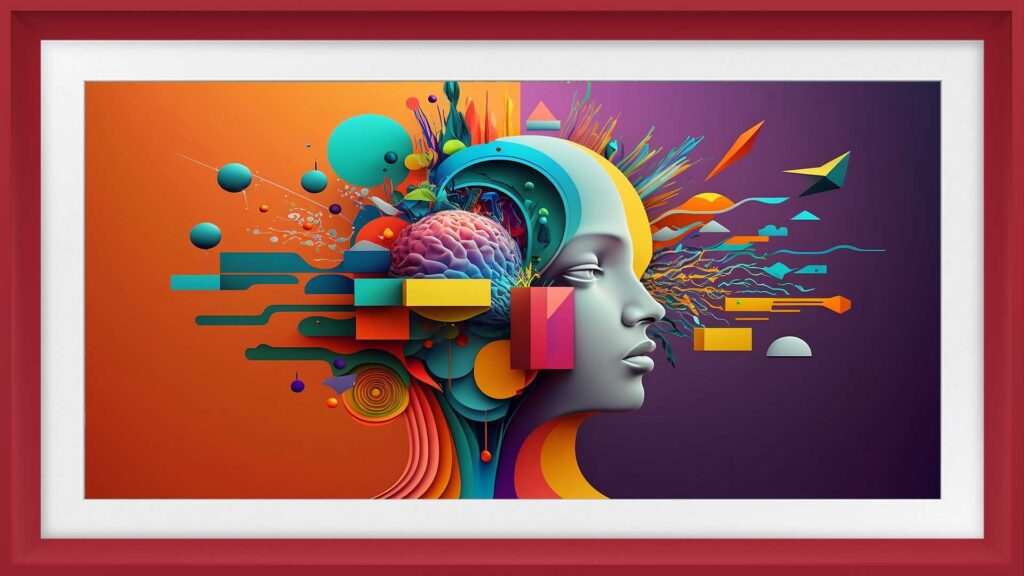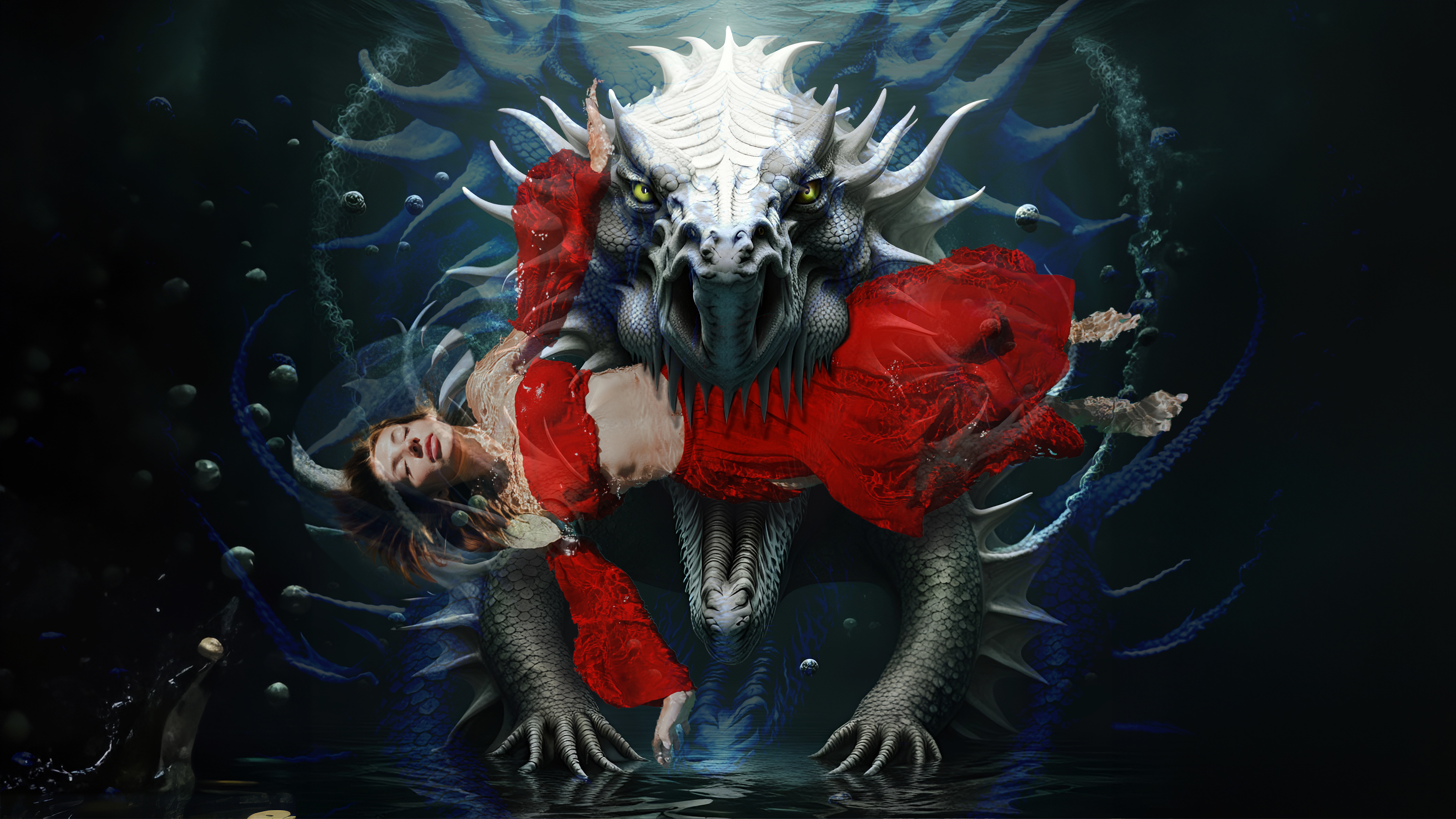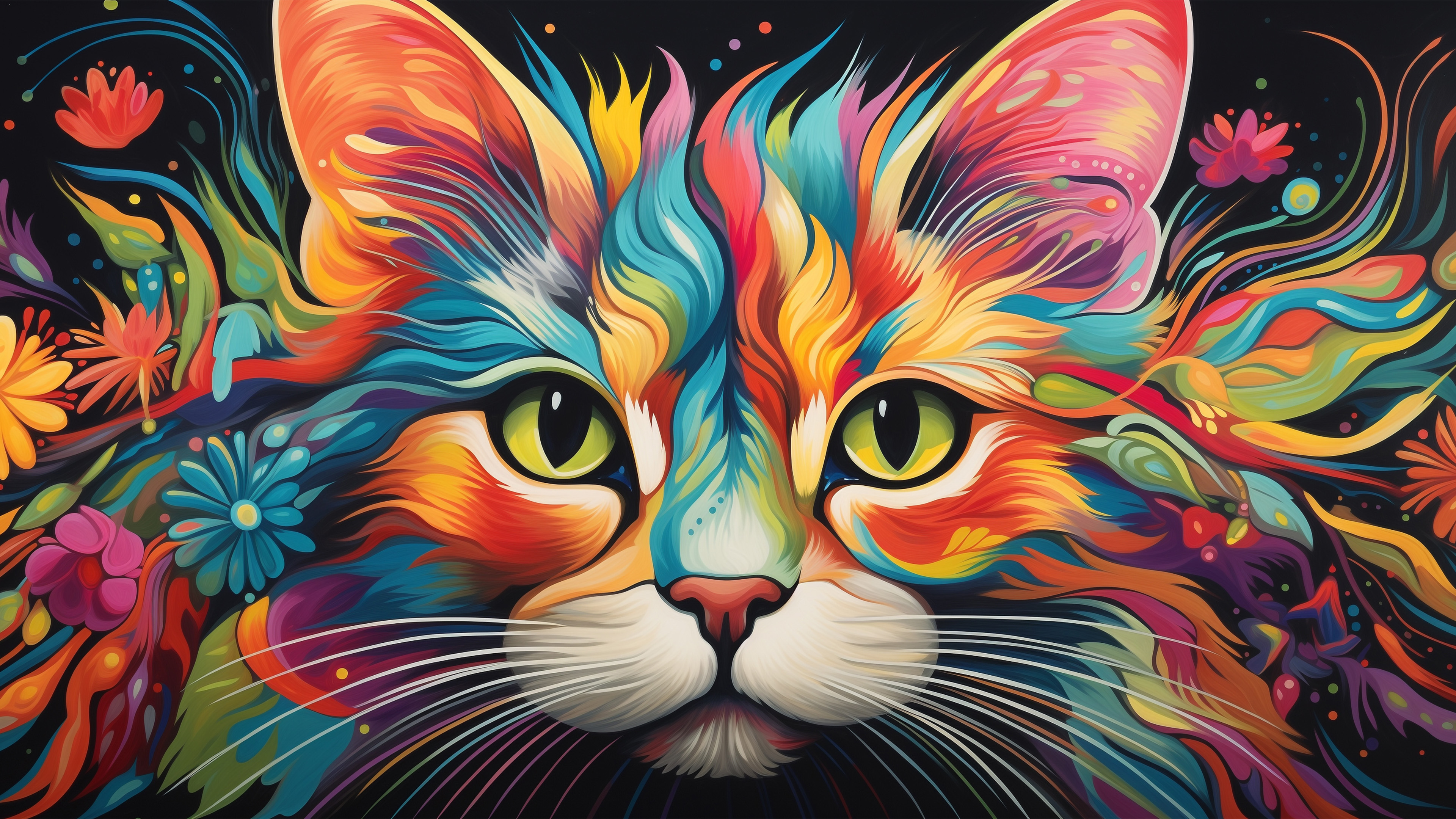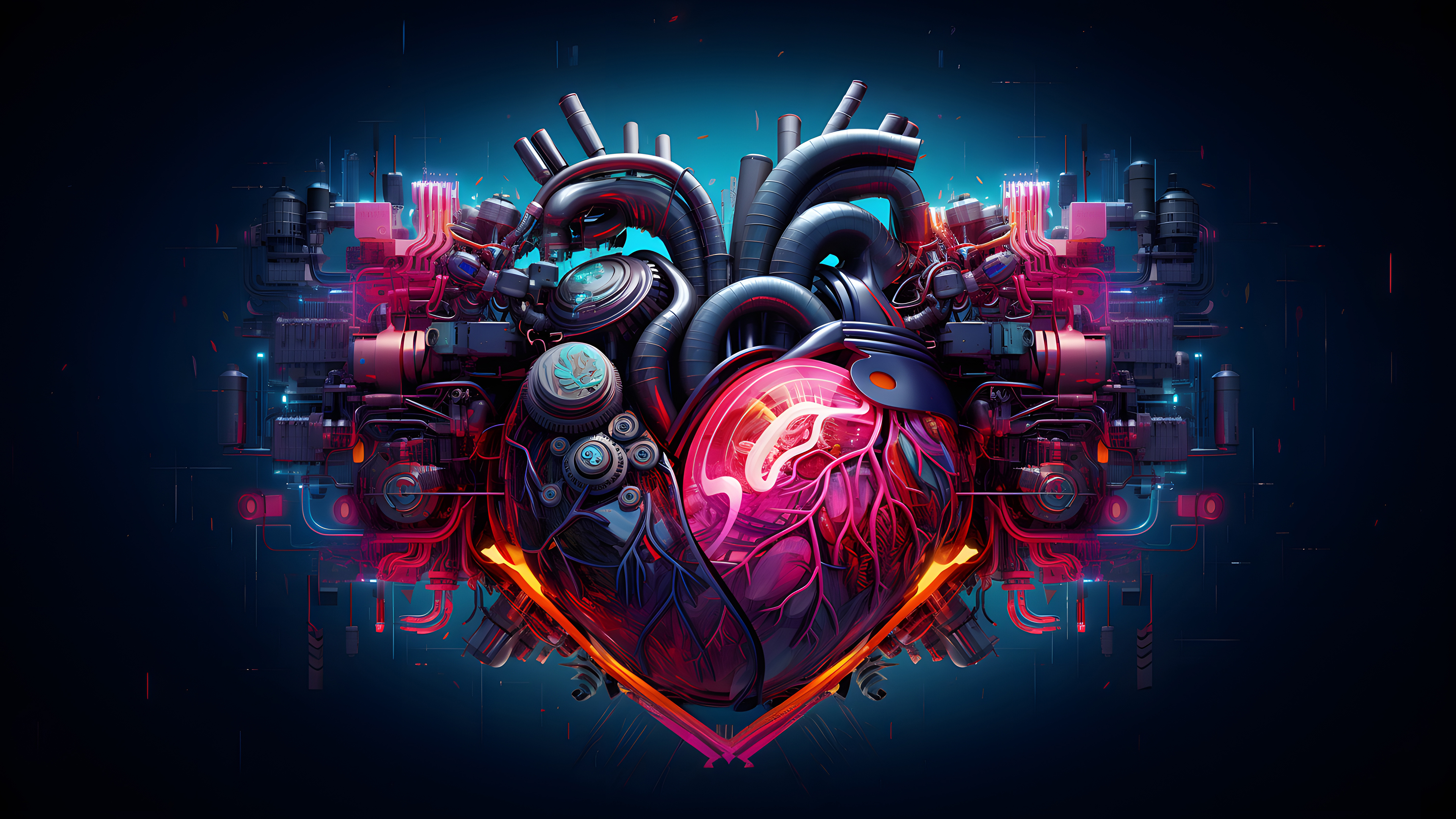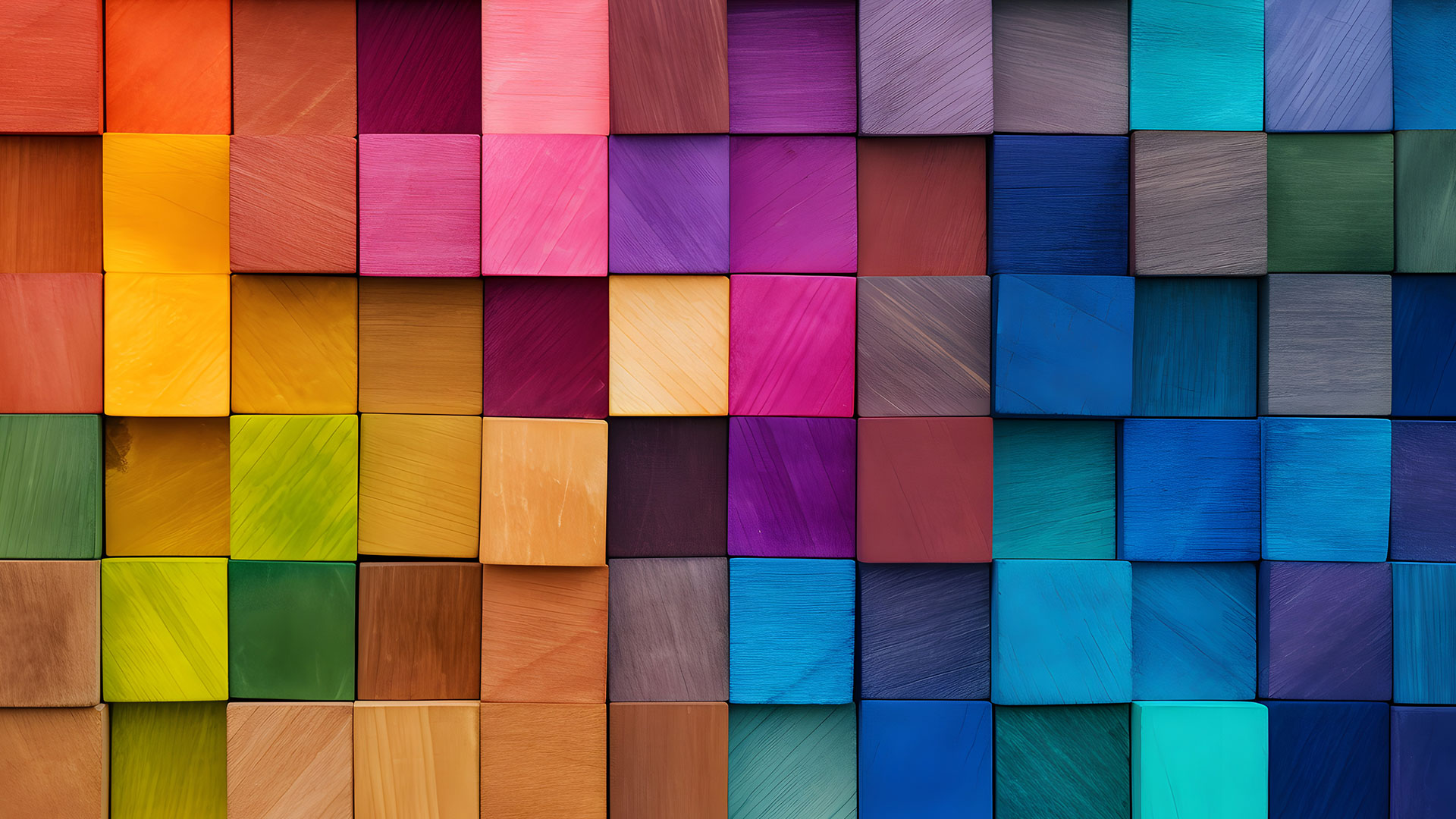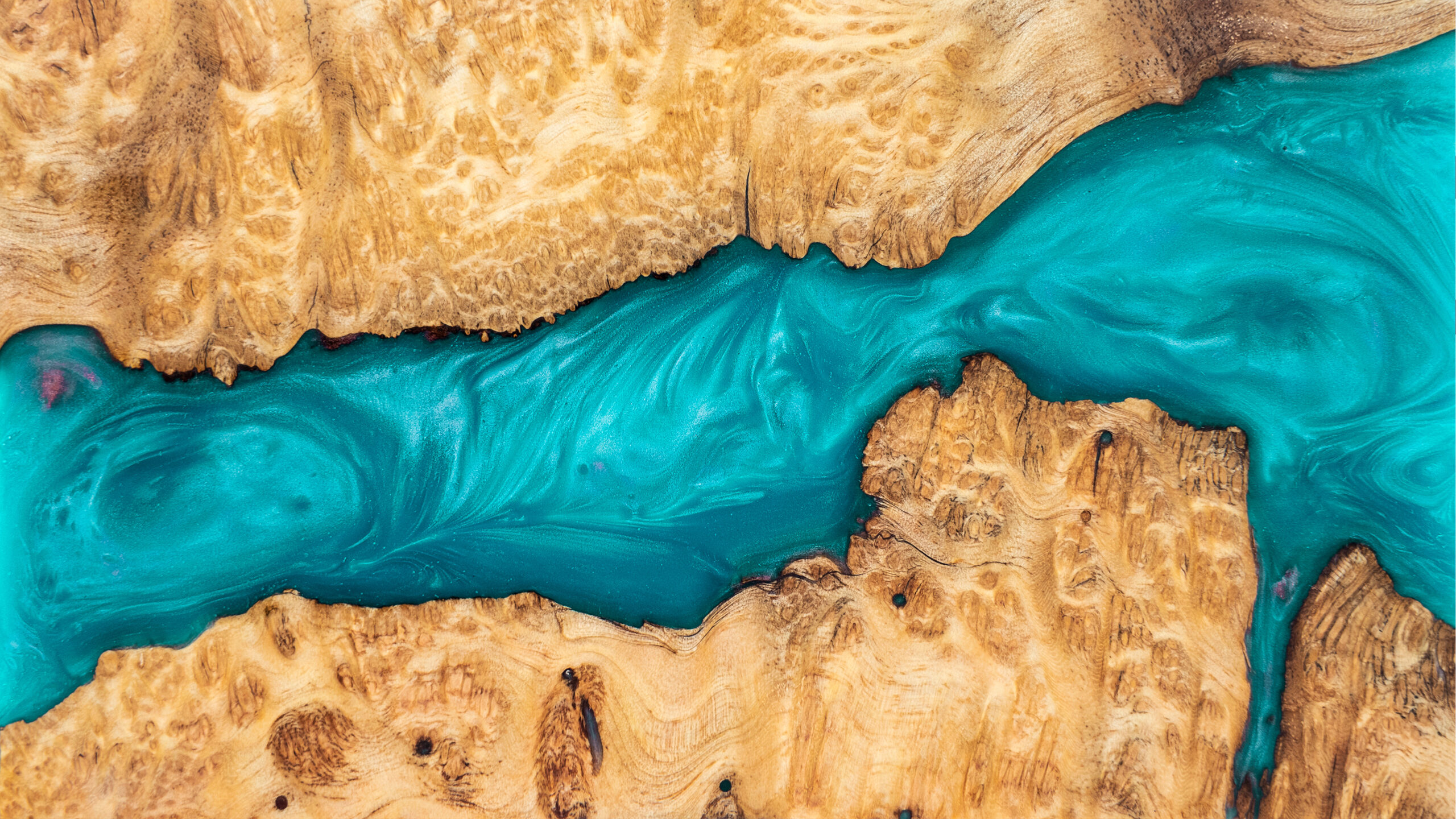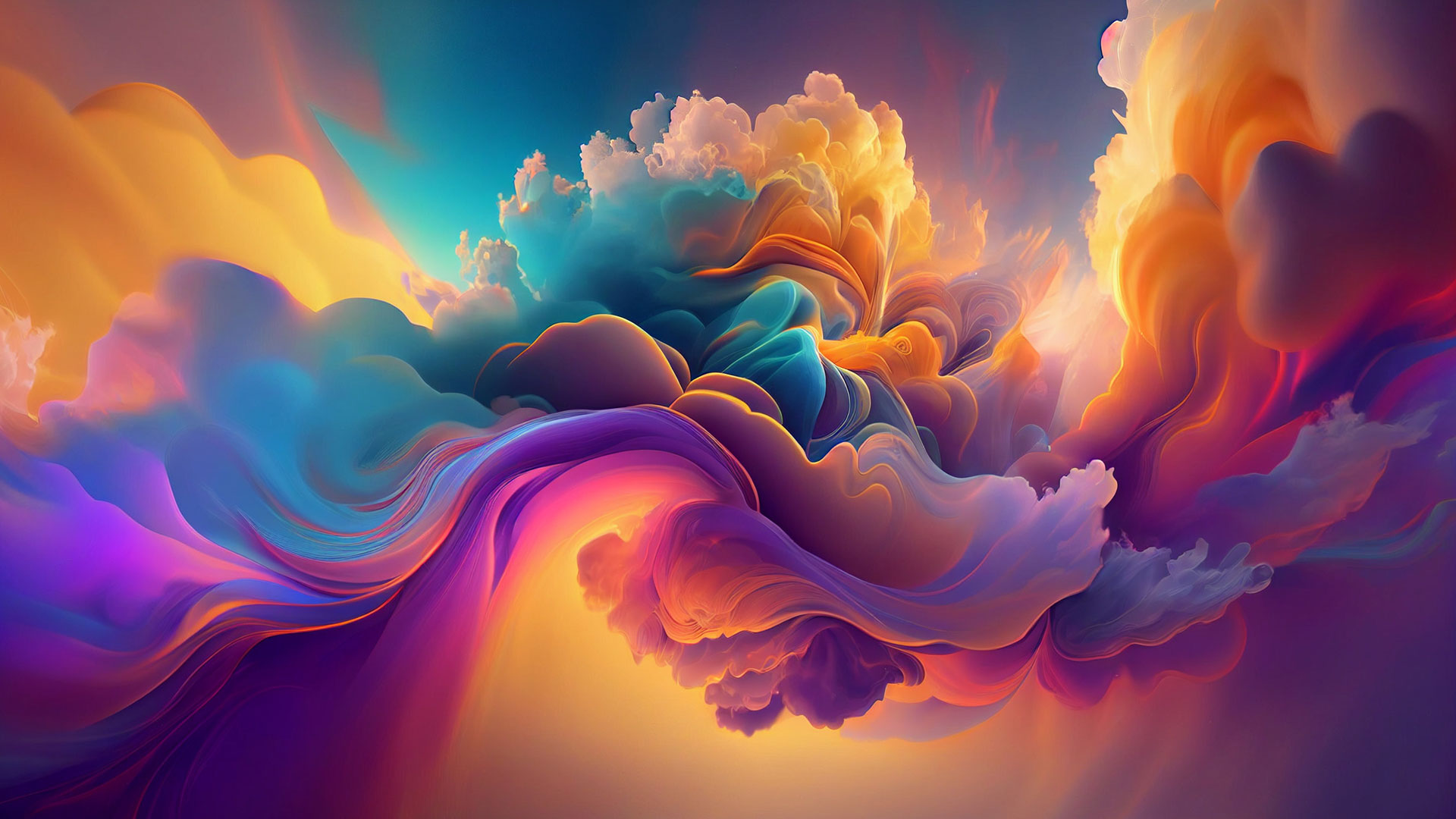Art, both Traditional and Digital, Has Come a Long Way Since we've entered the 21st Century
In the 21st century, digital art has revolutionized the traditional art world as we know it. With the advent of technology and digital tools, artists have been able to create works that were unimaginable just a few decades ago. Digital art encompasses a wide range of mediums, including digital paintings, animations, videos, and interactive installations.
One significant advantage digital art has over traditional art is its accessibility. With the rise of social media platforms, digital artists can share their work with the world instantly, allowing for greater exposure and breaking down barriers for underrepresented voices. Furthermore, digital art allows for experimentation with different styles and techniques, as well as the ability to edit and revise pieces with ease.
The possibilities for digital art are endless in the 21st century. Advances in technology, such as virtual and augmented reality, allow artists to create immersive experiences for their audiences. This technology has also opened the door for collaborations between artists and scientists, creating dynamic and thought-provoking artwork that challenges the status quo.
In conclusion, digital art in the 21st century has ushered in a new era of artistic expression. It has redefined traditional practices, breaking down barriers and enabling artists to create in innovative ways. As technology continues to evolve, we can expect to see even more exciting and groundbreaking works of digital art in the years to come.
